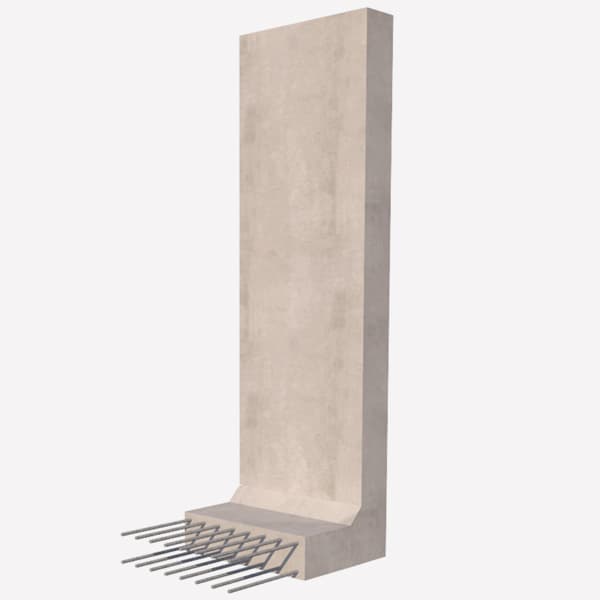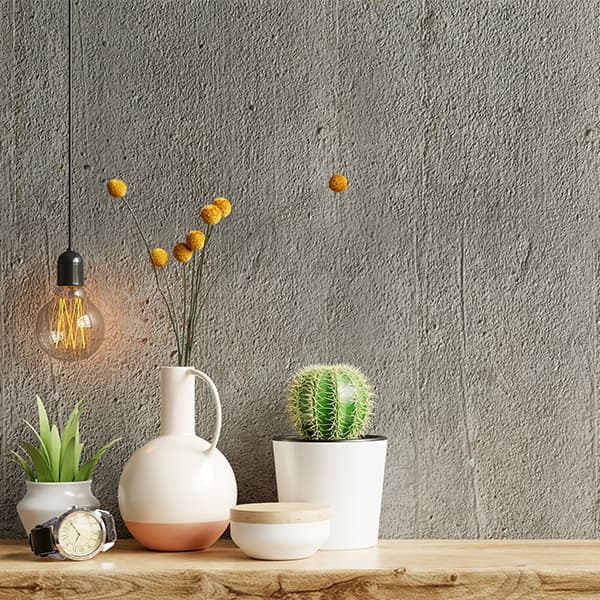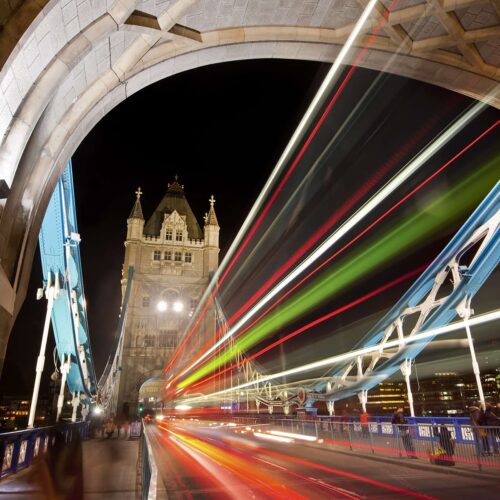A retaining wall fulfils an invaluable purpose, whether it’s protecting a piece of property from soil erosion or ensuring that it can withstand water damage and more. It can also serve as an effective boundary from one property to the next, and it can also protect drivers and passersby on a roadway. When you’re considering the material for your retaining wall, you have several choices, be it concrete, stone, brick, or wood. But many experts would agree that concrete is a premium choice – and you may already know the reasons for this. Concrete, for one, is solid and durable, and secondly, it’s versatile and affordable too. But if you have already opted for concrete as a material for your retaining wall, there are some factors to think about. Here are the three primary considerations when opting for concrete retaining walls.
A proper design
There’s no doubt that you are thinking carefully about your retaining wall project as you want everything to be done right. But if you are going for concrete, make sure that the wall is as carefully and methodically designed as possible. It needs to be designed so that it adheres to the slope of the land and terrain, and it has to have adequate support and reinforcement. The drainage is also another important consideration, as you would have to have ample drainage to offset water pressure and allow it to flow through the system. All that being said, concrete retaining wall projects are not DIY projects, and you also need a soil analysis to make sure the soil is solid and firm. Ideally, you’d want to have soil that’s not too wet (like clay soil). Sandy soil is good because it allows for proper and easier drainage.
Installation challenges
The on-site pouring of concrete and its casting is best done by an expert, and only a contractor with relevant experience can do it right. Alternatively, you could opt for precast concrete panels, such as those from www.jpconcrete.co.uk/precast-concrete-retaining-walls/, which are made in a factory under optimum conditions and temperatures, and this makes them more robust, not to mention more uniform. However, if you opt for on-site casting, you need to make sure that the concrete doesn’t bulge or crack, as this will eventually lead to the structure’s weakness. This weakness could result in major structural repairs later on. But if you decide on precast concrete panels, make sure you have the proper equipment for lifting and installing the panels as well.


Other considerations
Concrete retaining walls will always be an excellent choice in terms of effectiveness, affordability, and durability, but you also have to think about other factors. For example, if you opt for cast-in-place concrete blocks, you cannot install a footing, and you can only have it constructed to a height of around 1.5 metres. However, the same isn’t true for precast concrete walls, which can be cast in the facility at different heights according to your requirements.
Also, if you ever decide to change the landscape or the wall’s placement in the future, it would be complex to remove this type of wall, so make sure to consider your future requirements and plans.
















